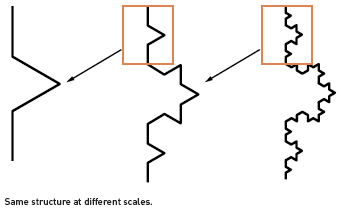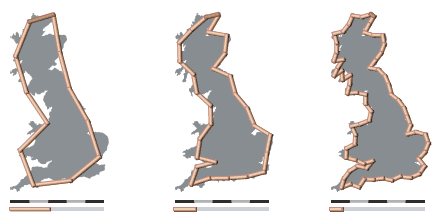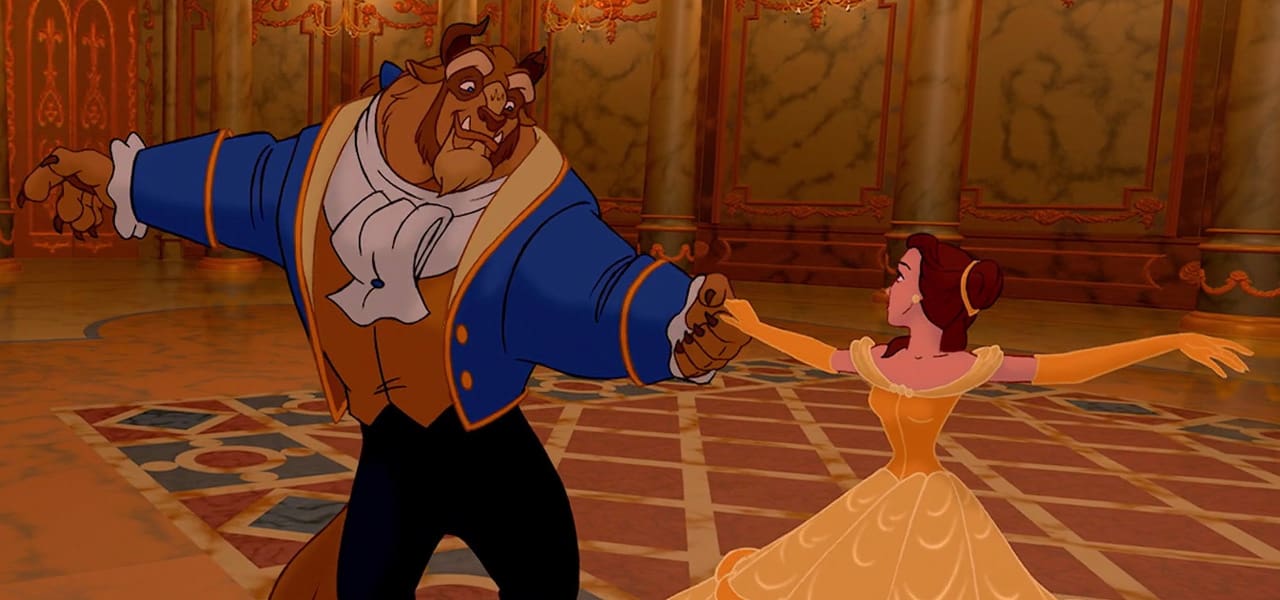
I watched the 2017 version of Beauty and the Beast recently with some friends of mine. Being the music nerd I am, the film got me thinking about its theme song. The more I studied it, the more my admiration for it grew.
Alan Menken’s music is straightforwardly diatonic and repetitive, but that simplicity disguises the Classical thought that underpins it. What makes this song deeper than your average pop tune?
Read on.
Analysis: What and How
One good way to analyze music is to pick the most striking moment of a song and identify how the composer prepares that impact.
Here is the 1991 arrangement of the song:
To my ears, the most striking moment in “Beauty and the Beast” happens in the transition from the bridge to the second verse, highlighting the words “as the sun will rise.”
What makes this moment so striking is how Menken not only cleverly reimagines a couple of American song clichés but also prepares these clichés using motivic development. As we’ll see, both these traits have their roots in Classical music.
Clichés, Reimagined
The “sun will rise” moment features two clichés:
- a bVI-bVII-I cadence (e.g., Mario Bros. soundtrack, the end of Jerry Goldsmith’s Star Trek theme)
- and a modulation up by step into the last verse (e.g., Ella Fitzgerald’s 1963 recording of “A Fine Romance”).
But Menken does not execute these two clichés in the usual manner — i.e., separately. Instead, he combines them, along with a deceptive cadence, into a single gesture.
How does Menken make this work?
Let’s start by looking at the modulation from the bridge (“Ever just the same…”) to the second verse (“Tale as old as time…”).
To put what follows into context, let’s first listen to a version of this transition with all its defining features removed — no deceptive cadence, no bVI-bVII-I cadence, no modulation:
Example 1. The transition to verse 2 with its defining features removed.
Let’s first add back the deceptive cadence. Menken ends the bridge on a transposed deceptive cadence. Nothing about this cadence forced Menkin to follow it with a modulation. He could have quite easily stayed in D-flat, using the progression underlying “…least, Both a little scared”:
Example 2. Transition to Verse 2 with a deceptive cadence but no modulation or bVI-bVII-I progression.
But suppose Menken wanted that deceptive cadence and to modulate up a step — just without using bVI-bVII-I. Using C-flat as a normal pivot chord (i.e., a chord shared by two different keys, in this case D-flat and E-flat respectively), his modulation would sound like this:
Example 3. Transition to Verse 2 with a deceptive cadence and modulation but still no bVI-bVII-I progression.
As in this third but still less-inspired possibility, Menken’s real version uses C-flat as a pivot chord, but how Menkin uses bVI-bVII-I gives his pivot C-flat chord an extra depth. To explain this difference, let’s digress for a moment and define a couple terms.
Cadences and Cadential Subterfuge
Your prototypical cadence (V-I, e.g., G-C) consists of two chords that we will call the “leading chord” and the “resting chord” respectively. To this prototype is often added an initial chord that we will call the “preparing chord” (e.g., IV-V-I or F-G-C).
[For my readers with advanced theory training, I’m choosing not to use the more standard terms “predominant,” “dominant,” and “tonic,” because I want to ensure these conceptual functions don’t get associated to scale degrees.]
In my third re-composed example, C-flat is unambiguously a “resting” chord. Although it links the old key (D-flat) to the new key (E-flat) in one-bar extension that follows it, the C-flat chord does not act as either “preparing,” “leading,” or “resting” chord in the cadence that follows it.
In Menken’s version, however, the cadential function of that C-flat chord is ambiguous. Here, Menken takes a page out of Chopin’s playbook and reinterprets what we first hear the “resting” chord in the cadence as a “preparing” chord. The ploy results in a kind of aural whiplash, because it takes what we heard as having one function and immediately demands we hear it as having a different one.
Here is Chopin employing that trick in his Fourth Ballad. From the second to the third system, Chopin clearly cadences from a “leading” F7 chord to a “resting” B-flat minor chord, leaving us settled in the key of B-flat minor. However, Chopin immediately redefines that B-flat minor chord as the “preparing“ chord to modulate back to the Ballad’s home key of F minor.
(The video starts early for context; the cadence happens at 26’26.)
Now hear Menken use a version of that same gambit in “Beauty and the Beast”:
Similar to Chopin, Menken cadences from a “leading” B-flat chord to a “resting” C-flat chord, leading us settled in for E-flat minor. However, Menken immediately redefines that C-flat chord as the “preparing” chord in the bVI-bVII-I progression to modulate to E-flat major. He follows this C-flat “preparing” chord with a D-flat “leading” chord and, finally, the E-flat “resting” chord.
Menken essentially says, “Why write a phrase extension to affirm the new key of E-flat like you did, Joseph, when I can do confirm that key right now and change the mode to major while I’m at it?”
Menken’s voice leading in the cello line (starting at “sure”) is particularly brilliant in how it supports this harmonic telescoping. Starting underneath the word “(be-)fore,” the cellos descend five steps from B-flat (D-flat’s submediant degree) until they arrive on E-flat, the new tonic.
This stepwise descent to tonic makes Menken’s “whiplash” modulation feel inevitable because scales descending from dominant to tonic are a foundational Western musical idea. Every Western listener knows that sound and its basic meaning (closure) by heart. Though the arrival in E-flat is still striking, the scale removes its jarring quality because it adds an utterly expected layer to the arrival.
On Motives
This modulation’s power does not derive simply from Menken’s clever repurposing of a couple clichés. In fact, Menken had been carefully preparing you for that moment from the start of song using structural melodic motives.
A motive is short melodic or rhythmic idea that is repeated and varied over the course of a song. Motives are ubiquitous in all kinds of Western music — pop, Classical, jazz, soundtracks — but most pieces use motives as surface details. (See, for instance, Toby Rush’s chart explaining the first movement of Beethoven’s Fifth Symphony.)
Using motives in this manner is like building a sculpture out of Lego blocks:

Though we perceive the resulting dragon, we also easily notice the blocks from which it is constructed because they have a distinct profile and because they are presented one after another on the surface.
A good example of such surface motives is the main rhythmic motive of “Beauty and the Beast”: four eighth notes followed by a long note. In fact, the vocal line is composed exclusively with that motive (though both Angela Lansbury and Emma Thompson sing it with great rubato.)
Most Western music takes advantage of that obvious surface connection to create cohesion and a baseline for contrast. What’s unique to Classical music (especially Germanic Classical music) is using motives structurally.
This is not an either/or distinction. Many structural motives are also used superficially. But when a motive is used structurally, it means that, more than simply shaping note-to-note details, these motives are doing some combination of: (a) shaping whole groups of notes, (b) shaping the beginnings and endings of phrases, (c) influencing the harmony (rather than merely being laid on top of it), and so on.
Using motives in this manner is like creating a set of fractals:

As the design becomes more intricate, we don’t necessarily notice that the same pattern is repeating on itself at different scales:

It becomes all the more difficult when the motivic pattern isn’t the only detail happening. For instance, Brahms uses the C#-D-C# motive structurally in his op. 118, no.2 Intermezzo, but most listeners would be hard pressed to hear it on a casual listen, especially as it influences the larger structure. Instead, what they hear is simply an unusually affecting piece of music:
Motives in “Beauty and the Beast”
Like Brahms (though not to the same obsessive degree), Menken invests the ascending minor second with this kind of structural meaning by placing that interval prominently throughout the song.
That interval leads off the “Beauty and the Beast” motive that opens the song (in the flutes and then the violins). As part of the “Beauty and the Beast” motive, the interval also closes off both verses. More subtly, the interval also undergirds the voice leading of the inner voices of the introduction — the F to G-flat in bars 1 to 2 — and of the singer at the start of each verse — the F to G-flat from “Tale” to “time” and from “Just” to “change.” In addition to prominently positioning the F to G-flat in the melody, Menkin also highlights it in the bass line at the bridge, when the harmony oscillates between the mediant and the subdominant (F and G-flat).
To help you hear these repetitions, I had a clarinet play them on the top of the usual music.
Example 4a. The F to G-flat motive
You’ll notice that Menken often even has two versions of the motive happening simultaneously. That frequency and diversity of repetition is what I mean when I say Menken has prepared you for this moment. He has thoroughly trained you to recognize the motive, even if unconsciously.
But Menken has also withheld a critical variation: he had never transposed it.
Thus, when he presents the motive as B-flat to C-flat in the deceptive cadence, that motive draws attention to itself. Now listen to the clarinet-superimposed version again with that final B-flat to C-flat motion highlighted:
Example 4b. The F to G-flat motive as it develops into the transposed deceptive cadence, B-flat to C-flat.
Having thus captured your attention with this deceptive cadence, Menken doubles down on the element of surprise by employing the previously explained “cadential whiplash” from the bridge into the second verse.
That “cadential whiplash” works because the deceptive cadence prepares it. Without the deceptive cadence, Menken could have still used the bVI-bVII-I progression, but the result not only would lack the motivic connection, but also would modulate down to C major, creating a net decrease in tension:
Example 5: The “cadential whiplash“ without its deceptive cadence preparation.
In short, the ascending minor second motive is essential to the effect of this passage because it sets up the deceptive cadence. But at least one other motive also contributes to the passage as Menken wrote it.
In addition to providing voice leading support, the descending cello line mentioned above also has motivic significance. It transposes up a (diatonic) step the pitches of the vocal line from “Ever as before” (the melodic motive first heard in “Then somebody bends”).
In other words, when we start to hear those descending stepwise pitches in the cello, our minds have an idea of how that pattern will be completed, not just because we know how scales work but also because this particular scale fragment is meaningful in this song.
So, in sum, Menken uses two different motivic ideas to lead you to and underscore the moment at “as the sun will rise.” Just as Menken’s “cadential whiplash“ moment had a precedent in Chopin, such motivic development also comes from the Classical tradition.
The presence of these Classical features should not come as a surprise. “Beauty and the Beast” was written by the same Alan Menken who would improvise at the piano in the style of Bach and Beethoven and who received an undergraduate degree in musicology from NYU. And though composers don’t need to use Classical features to write music with depth, “Beauty and the Beast” shows one way these features can create depth without coming at the expense of simplicity.
Sign up to stay in the loop about music worth hearing, process tips worth trying, career relationship ideas worth pursuing, and creative stories worth living.


